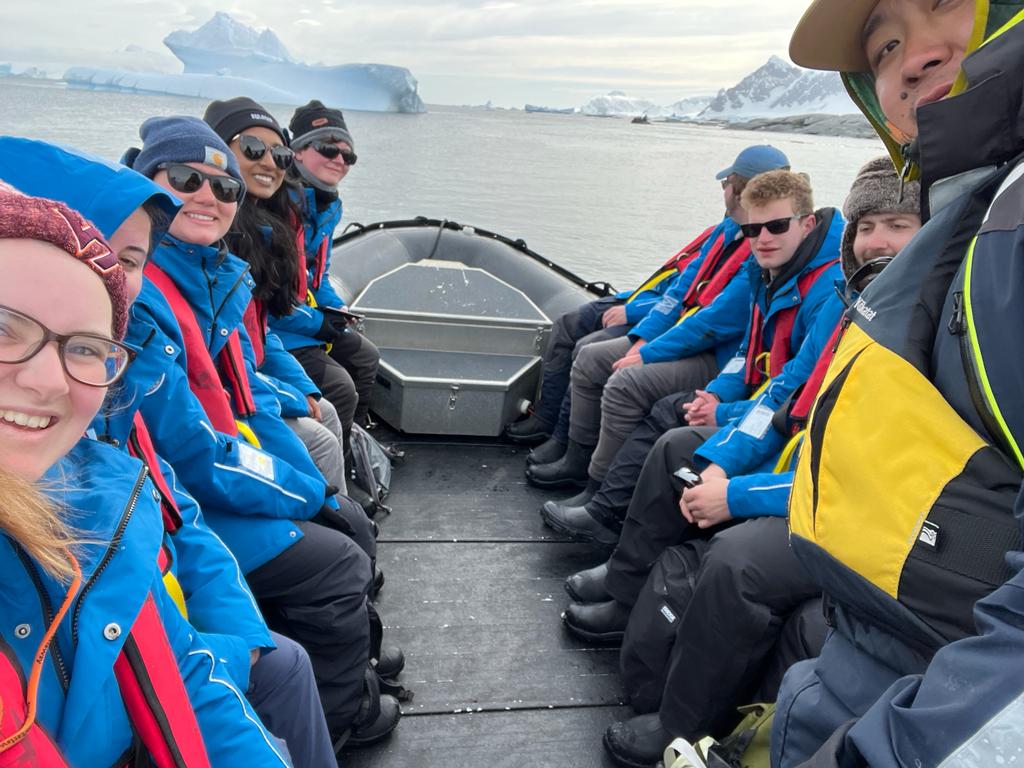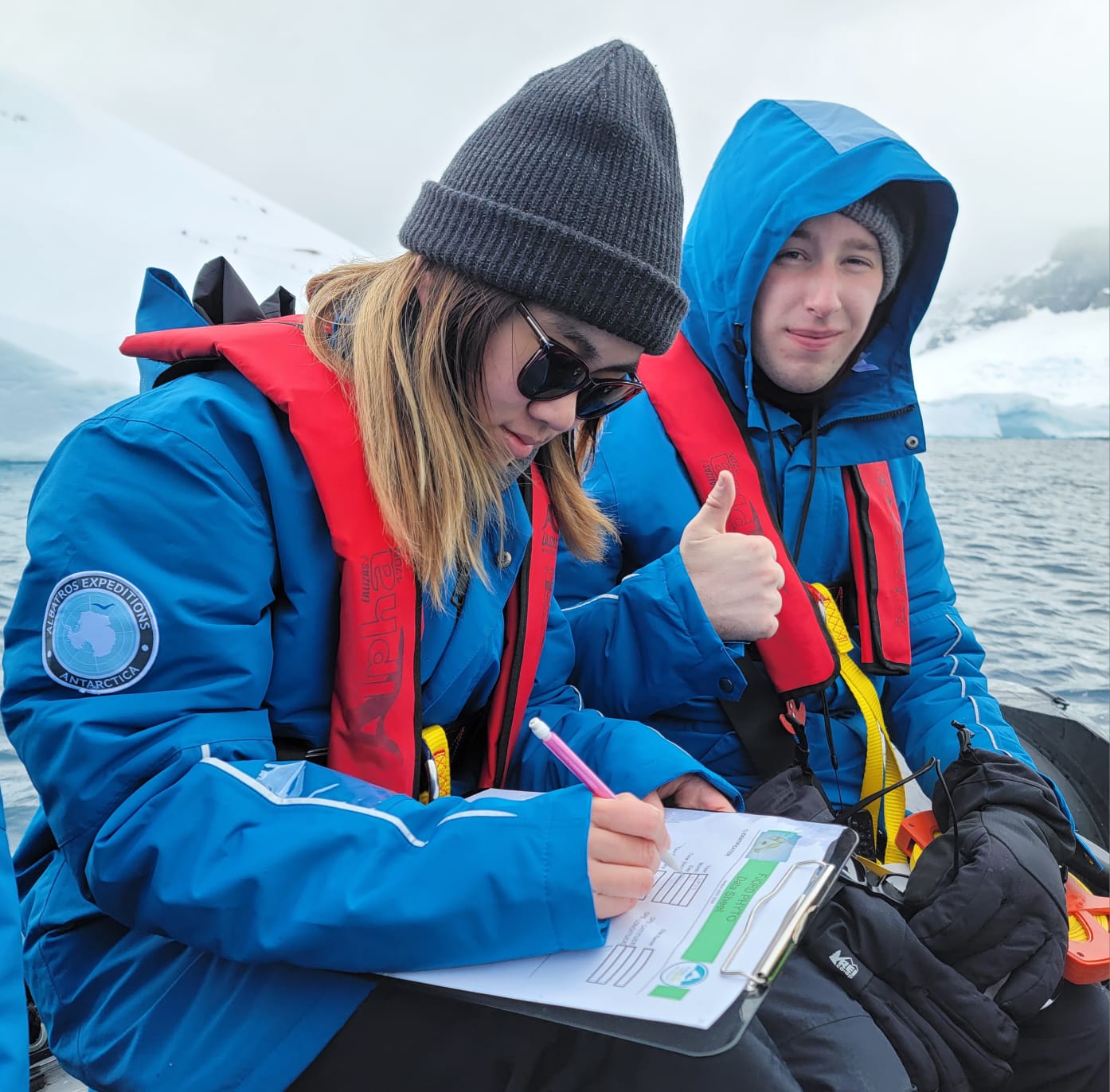Texas A&M sent 31 students to the Antarctic this year---and they did some vital NASA science while they were there.
Meteorology students, oceanography students and education psychology students worked with Dr. Chrissy Wiederwohl to collect data for NASA’s FjordPhyto project. The data reveal how meltwater from glaciers affects phytoplankton, the base of the Antarctic food chain.
“We were actually collecting samples for them to look at these phytoplankton communities and how they are changing over time,” said Dr. Wiederwohl, an oceanographer at Texas A&M University. “Phytoplankton are these tiny microscopic plants in the ocean that photosynthesize and produce about half of our oxygen worldwide. So every other breath we take is actually oxygen coming from the ocean.”
FjordPhyto has also recently involved students from Penn State University and Virginia Tech.
The students spent sixty days in a research vessel through the American Universities International Program (AUIP) limited study abroad program. The effort was coordinated with the FjordPhyto team at Scripps Institution of Oceaongraphy and Isidro Bosch of State University of New York in Geneseo, New York.
Going to Antarctica? You can join the FjordPhyto project, too.





























